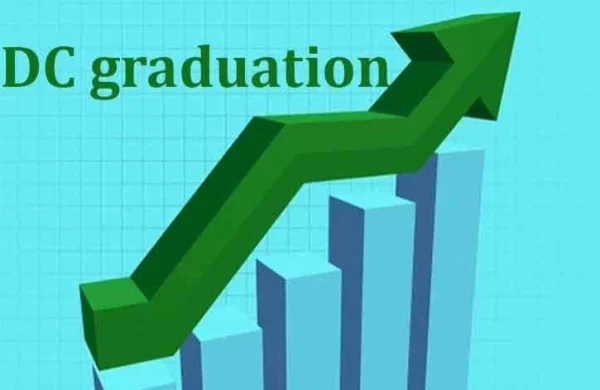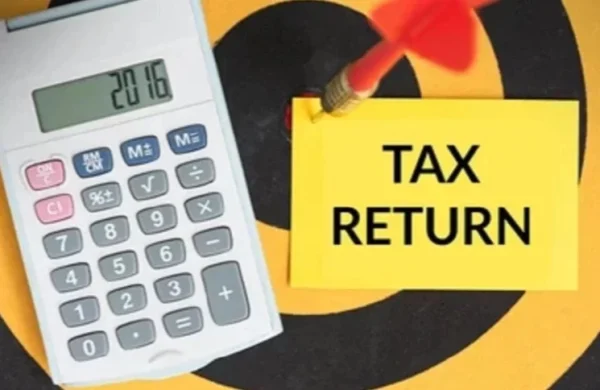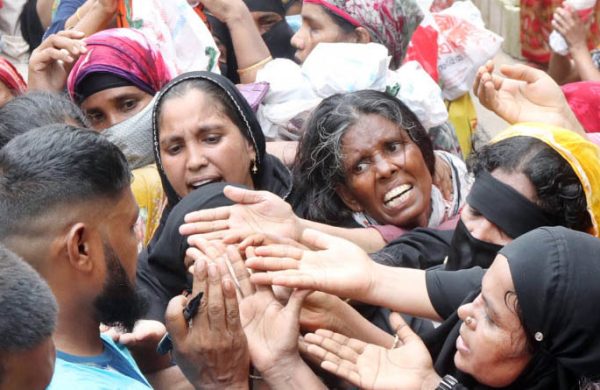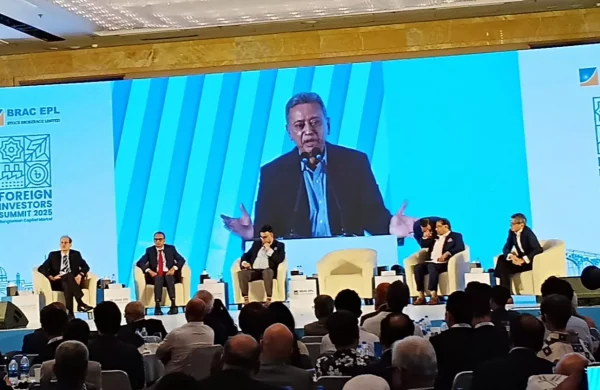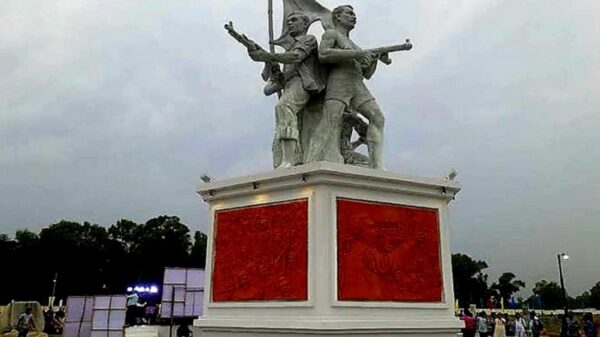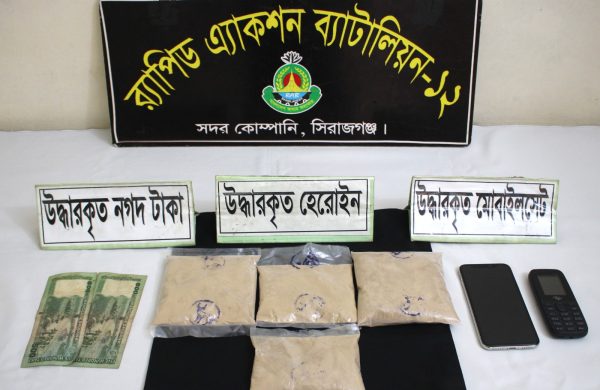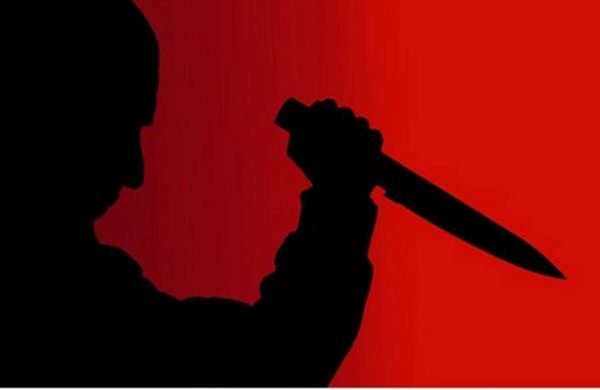BD capitalizes scope in US market as India faces 50pc tariff
- Update Time : Thursday, August 14, 2025

TDS Desk:
Bangladesh is set to capitalise on a major shift in US trade dynamics after the United States imposed a 50% tariff on a range of Indian goods – significantly higher than Bangladesh’s 20% counter-tariff.
This disparity is expected to give Bangladeshi exporters a competitive advantage in the US market, prompting businesses to ramp up efforts to expand their presence.
Traders and industry leaders believe the move will boost Bangladesh’s exports across several key sectors, including ready-made garments, leather goods, agro-processed foods, handicrafts, jute, plastics, home textiles, and furniture. With Indian products becoming more expensive in the US due to the steep tariffs, American buyers are already turning to Bangladeshi suppliers for similar goods.
Exporters say tariffs play a crucial role in determining the final price of goods, and the current situation makes Indian exports less attractive. In contrast, Bangladesh’s relatively lower tariff rate enhances the price competitiveness of its products, making them more appealing to US importers.
“There’s been a noticeable increase in buyer inquiries,” said Adnan Ibne Noor, Senior Manager overseeing exports at Danish Food, part of the Partex Group, which has been exporting processed food to the US since 2011. “Since we produce items similar to those from India, and their duty burden has now risen sharply, interest in our products is growing.”
Adnan added that the company is actively preparing to seize the opportunity: “We’ve stepped up engagement with US buyers and are diversifying our product range. Our goal is to double our US business within the next year and increase the share of US exports from 15–17% to 30% by 2025.”
GROWING DEMAND IN NICHE, ETHNIC MARKETS
Bangladeshi exporters also see strong potential in the US ethnic market, particularly for products that overlap with Indian offerings but can be supplied at more competitive prices.
In the plastics sector, the impact is already being felt. ACI’s Premio Plastics is targeting $1 million in monthly exports to the US, with plans for further growth. Business Director Chowdhury Hasan Tarek said, “We’re working hard to capture the opportunity created by the new trade landscape. The US is a massive market for plastics, and we’re well-positioned to expand.”
Shamim Ahmed, President of the Bangladesh Plastics Manufacturers and Exporters Association (BPGMEA), noted that India had previously been a major competitor in the US plastics market. “Now, we stand to gain significantly. We may even see US-based plastic suppliers shifting their investments from India to Bangladesh.”
The US is Bangladesh’s second-largest export destination for plastic goods. In FY2024-25, plastic exports to the US reached $14 million – 42% higher than the previous year. Industry experts believe this figure could multiply in the coming years.
LEATHER, FURNITURE, AND HOME TEXTILES SEE NEW OPENINGS
The US is also a major market for Bangladeshi leather products. In the last fiscal year, the country exported $670 million worth of leather footwear and $90 million in other leather goods to the US.
KM Mushfiqur Rahman, Managing Director of Asensor Footwear and Leather Products in Savar, Dhaka, said, “We’re already seeing rapid growth in US orders, and this will accelerate further. Many buyers who previously sourced from India are now reaching out. There’s also a shift from China due to the ongoing US-China trade tensions—Bangladesh is emerging as a reliable alternative.”
Similarly, the furniture sector anticipates a boost. In FY2024-25, Bangladesh exported $19.7 million worth of furniture to the US. Selim H. Rahman, Chairman of leading furniture brand Hatil, said, “Our exports weren’t growing as fast as we’d hoped, largely because high tariffs on imported raw materials limited our competitiveness. If the government eases bond facilities and reduces input costs, we can fully capitalise on this new opportunity.”
HANDICRAFTS, JUTE SECTORS SEE UNTAPPED POTENTIAL
Mirza Nurul Gani Shobhan, former president of the National Association of Small Cottage Industries of Bangladesh (NASIB), highlighted the growing potential for handmade jute goods and handicrafts in the US. “With the right policy support, small entrepreneurs can significantly increase their share in the US market. There’s strong demand for authentic, sustainable, and handcrafted products.”
GOVERNMENT STEPS UP SUPPORT
The government is preparing to help Bangladeshi businesses maximise this opportunity. Anwar Hossain, Vice-Chairman of the Export Promotion Bureau (EPB), said, “India’s high tariffs have opened a major window for us. We’re now identifying the steps needed to fully leverage this advantage.”
The EPB has proposed setting up business promotion centres in New York and California to showcase Bangladeshi products and facilitate trade. “These centres will focus on promoting all our potential export items,” Hossain said.
The bureau is also in final discussions with the National Board of Revenue to expand bond facilities for importing raw materials, which would lower production costs. “We’re at the final stage. Hopefully, good news will come next week,” he added.
The Ministry of Commerce is also reviewing import policies to extend similar support across all export-oriented sectors.
In addition, the EPB plans to increase Bangladesh’s participation in US-based sectoral trade fairs and is establishing a dedicated SME cell to help small and medium enterprises develop competitive, diversified product lines.
With strategic support and proactive industry engagement, Bangladesh is positioning itself to become a preferred alternative supplier in the US market—turning a shift in global trade dynamics into long-term export growth.


